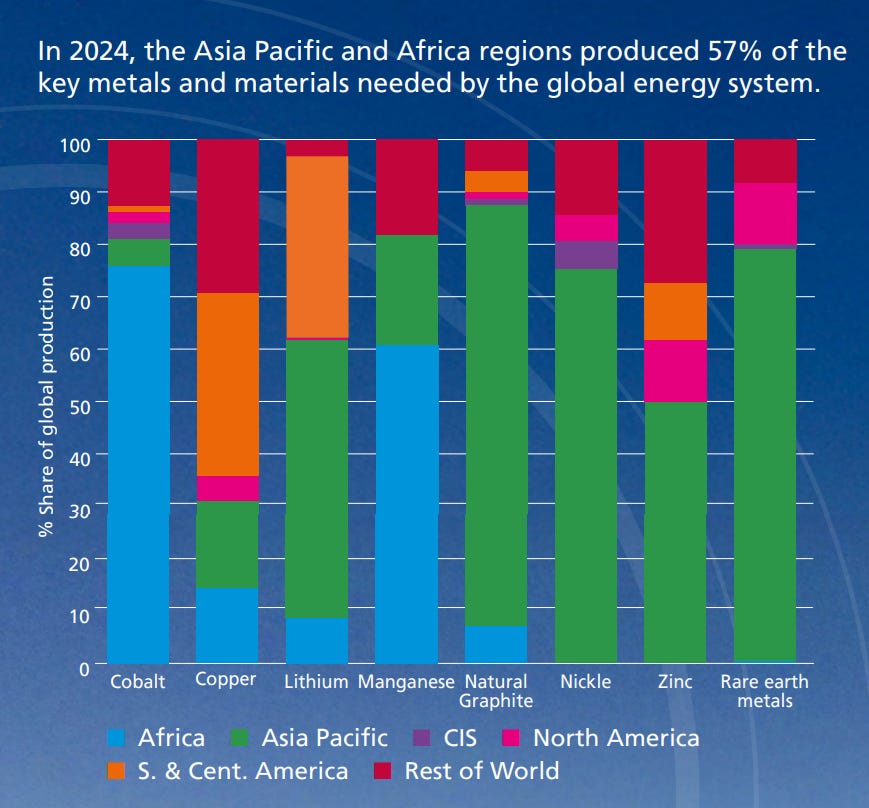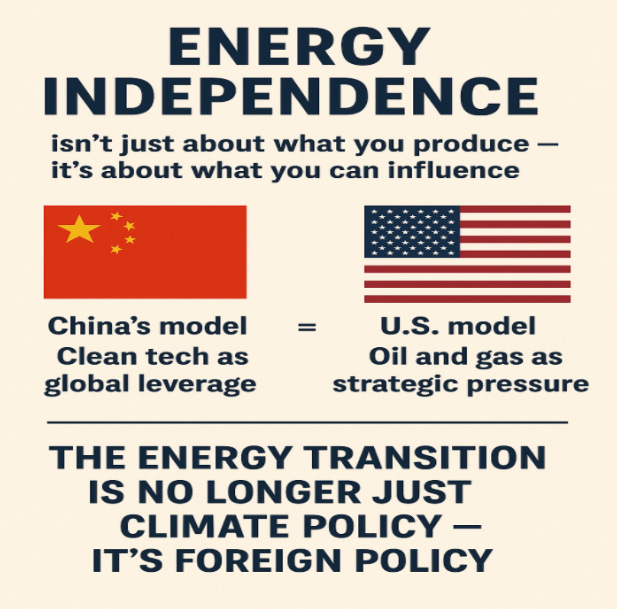Welcome to Binary Circuits’ 28th weekly edition
Your weekly guide to most important developments in technological world
Dear Readers,
Binary Circuit investigates trends, technology, and how organizations might profit from rapid innovation. GreenLight, the brain behind Binary Circuit, finds possibilities, analyzes challenges, and develops plans to fit and grow firms to stay ahead. Looking to scale your business, partners, or AI/technology integration.
This week, we discuss as the race intensifies to define the future of energy, China’s AI explosion signals transformative global shifts, from medical superintelligence acting as digital twins of doctors to the surging consumer adoption of AI driven by increasingly complex life stages.
The race is on to define the future of energy
From nuclear plants in Turkey to battery farms in Saudi Arabia, China isn’t just exporting clean tech — it’s exporting long-term influence.
$168B+ in clean energy foreign investments since 2023
Africa’s largest wind farm is built by Chinese firms in Kenya
EV production in Indonesia, nuclear in Pakistan, and solar in the Middle East. A lithium-ion battery plant by an Indonesian company and China's CATL is expected to be in operation by the end of 2026
These projects are backed by Chinese capital, workforce, and technology — laying the groundwork for enduring political and economic dependencies.
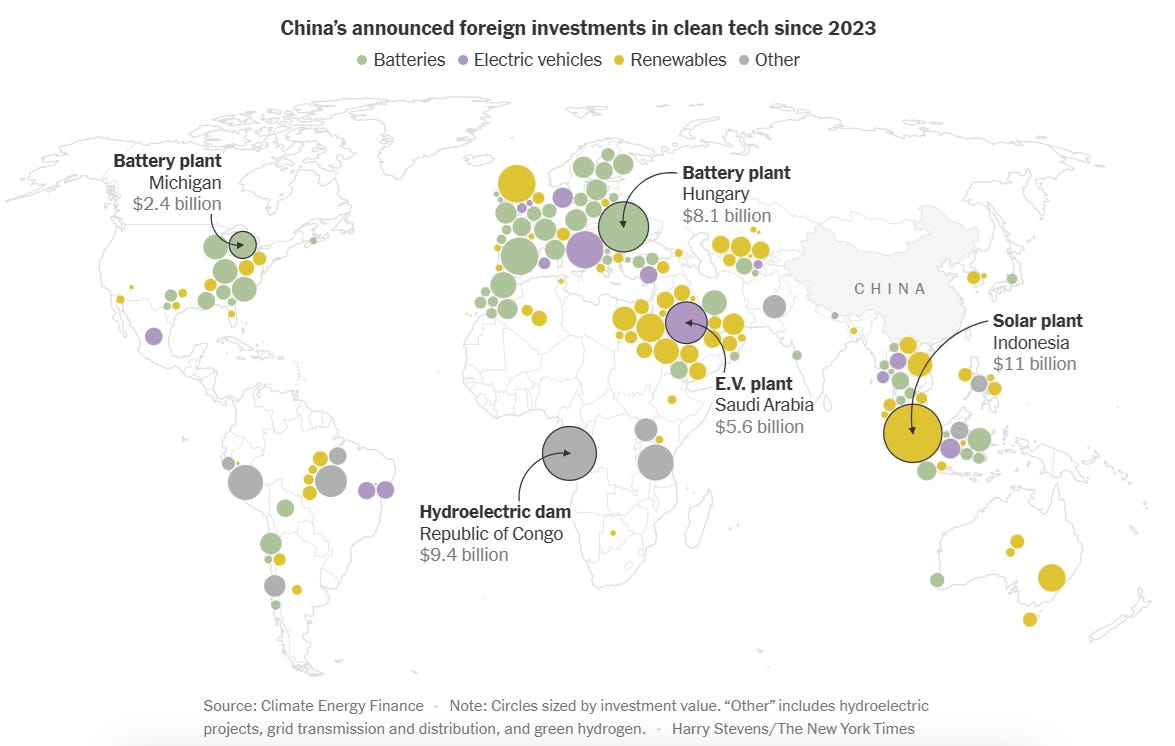
China added 57% of global wind and solar capacity in 2024. This isn’t just about green ambition, it is about global positioning.
U.S. Strategy: Fossil fuel leverage over long-term vision?
In contrast, the United States is prioritizing fossil fuel diplomacy.
President Trump is pressuring allies like Japan and South Korea to invest “trillions” in U.S. LNG infrastructure.
General Motors canceled plans for an EV motor plant in New York, redirecting $888 million into building V-8 gasoline engines instead.
Dismantling foreign clean energy aid
Pushing fossil exports (e.g. Alaskan gas to Asia)
Linking gas sales to strategic alliances (e.g. Ukraine)
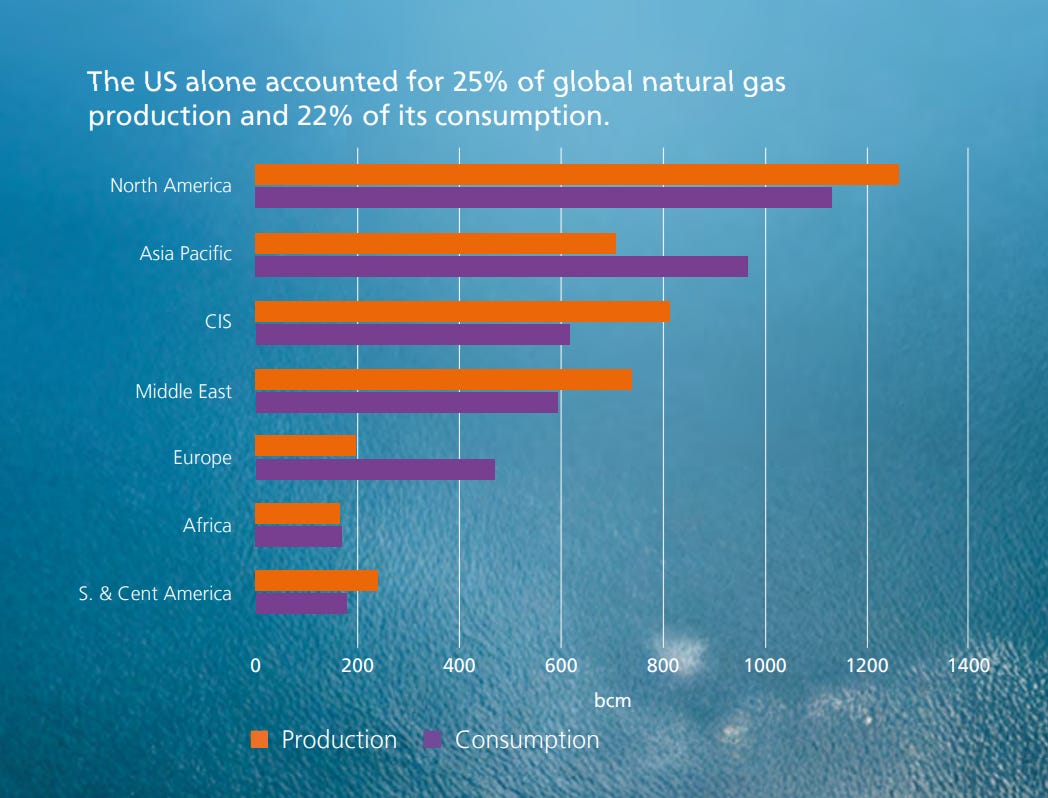
In the short term, this supports United States traditional energy customers.
But by midcentury, the IEA expects fossil fuels to fall below 60% of global energy demand — shifting long-term power toward clean tech suppliers.
Inside China’s AI Explosion: What It Means for the World
At the World Economic Forum in Tianjin, former PBOC official Zhu Min made a bold claim:
China is on track to produce over 100 DeepSeek-level AI breakthroughs in just 18 months.
The DeepSeek model is a real world example. Fueled by a massive, tech-literate population, world-class engineers, and state-backed R&D, China’s AI ecosystem has a unique structure. Even with U.S. semiconductor restrictions, domestic giants like Huawei are building in-house chips and compute power. High-tech already makes up 15% of China’s GDP, and it’s projected to hit 18% in two years.
Researchers at Harvard University also found China has advantages in two key building blocks of AI, data and human capital, that are helping it keep pace.
This isn’t just about AI models—it’s about economic reprogramming.
China is betting on AI to transform manufacturing, finance, healthcare, and education. Think of it less as “chasing GPT-4” and more like building a self-sustaining AI industrial base. Every breakthrough will ripple through the economy like a second industrial revolution.
So the question is no longer if China will accelerate—it’s how the world plans to respond.
Because if 100+ AI breakthroughs land by end-2026, we’re not just in a tech race we’re in a global economic reset.
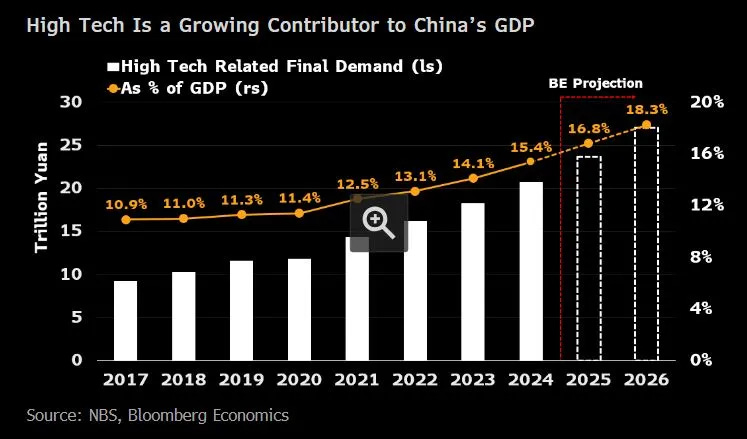
Medical Superintelligence as Doctors’ Digital Twin: The Next Leap in Healthcare
Monthly breakthroughs in AI, each offering improved features, have become the new norm. Recently, Microsoft introduced a medical AI system that outperforms doctors on complex diagnostic cases. But can medical superintelligence actually match a human doctor’s diagnostic ability?
MAI-DxO (Medical AI Diagnostic Orchestrator) doesn’t rely on just one model. Instead, it uses a “chain-of-debate” approach where different AI models including OpenAI’s GPT, Google Gemini, Meta’s LLaMA, Anthropic Claude, and Elon Musk’s xAI debate and build on each other’s reasoning before offering a final diagnosis.
Based on real patient case studies from the New England Journal of Medicine MAI-DxO got it right 85.5% of the time. That’s four times better than doctors working without any decision-support tools. It also managed to cut unnecessary testing by nearly 20%.
However, real-life diagnosis isn’t always about textbook symptoms and clean data. Patients sometimes don’t describe things clearly. Medical histories can be incomplete. Emotions, fears, and social context all play a role. That’s where doctors excel and AI still lags behind.
Additionally, companies like Lila Sciences are building autonomous labs where AI doesn’t just diagnose its designs and runs experiments, generating new therapies without human input. Alibaba's GRAPE AI detects early-stage stomach cancer using simple CT scans, avoiding the need for invasive endoscopies.
Recursion Pharmaceuticals and Insilico Medicine are using AI for quick drug discovery in less time. Medical superintelligence doesn’t need to replace doctors. Real value lies in serving as a second opinion. If implemented, it can be highly beneficial in rural areas where clinics are left without expert support, or lack of specialists.
Can patients trust a medical AI system ?
Technically, yes in a few cases. But context, trust, and human judgment are still essential.
Who would you trust more for a diagnosis—AI or a human doctor?
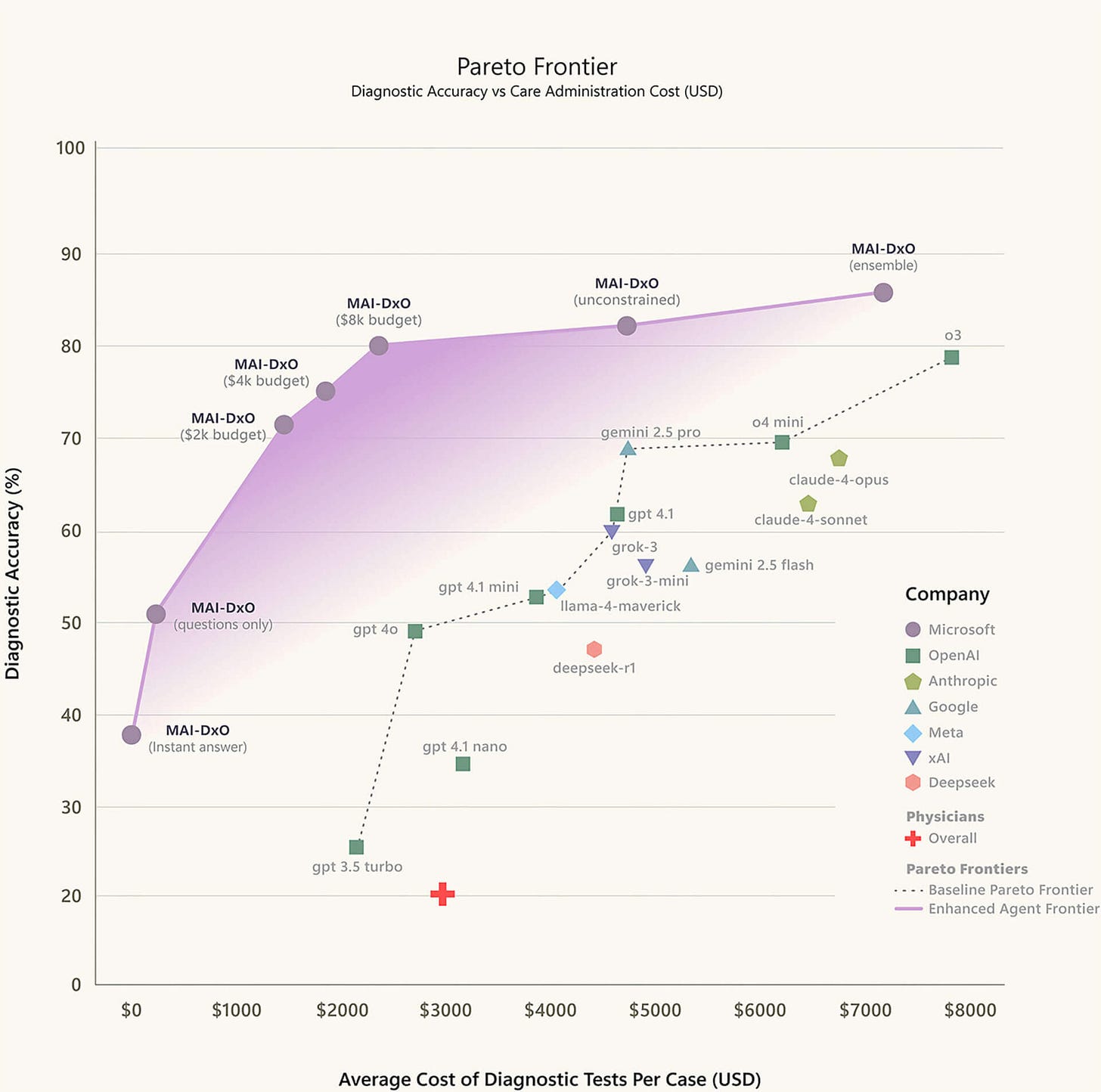
Comparison of AI powered diagnostic agents by accuracy and average diagnostic test cost per case. Top performing agents appear toward the top left quadrant, reflecting higher accuracy and lower cost. The lower dotted line represents the performance range of the best individual foundation models. The purple line traces the performance of MAI-DxO across different configurations. The red cross indicates the average performance of 21 practicing physicians.
Consumer AI adoption is being driven by life-stage complexity
When we think about who’s adopting AI, we often look at demographics like age or income. But new data reveals something far more strategic.
Parents, for instance, are emerging as some of the most engaged AI users. Why? Because raising kids creates friction — endless decisions, multitasking, scheduling chaos — and AI tools that reduce this cognitive load are becoming indispensable. The pattern is clear: the more complex life becomes, the more useful AI feels.
Here’s what the numbers reveal:
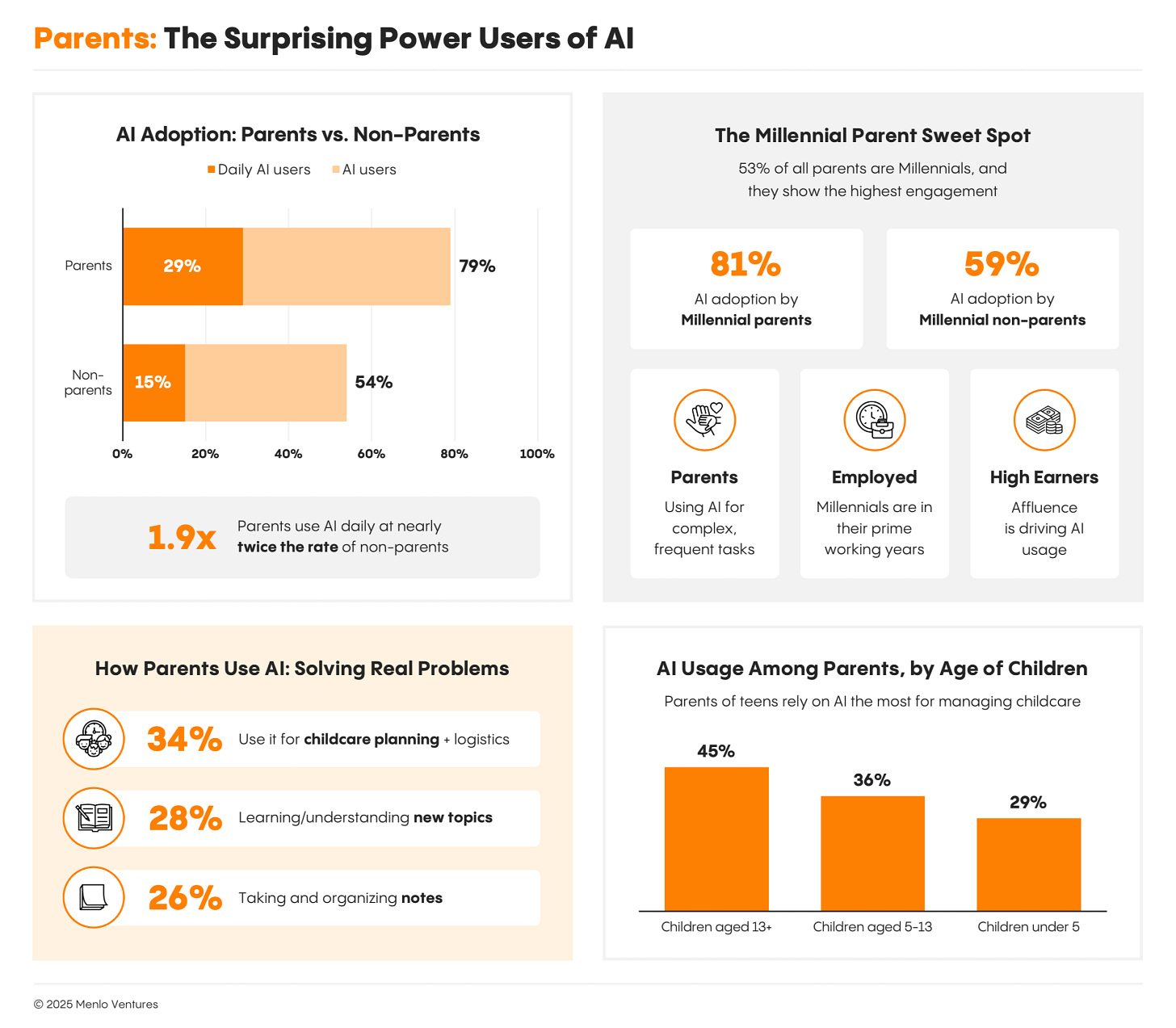
This represents a subtle but important shift in how we should think about the AI adoption curve.
Business Implications:
Companies must target high-friction life moments such as new parenthood, caregiving, or even moving homes, not just high-tech users
Design AI tools that solve real-life pain points with minimal effort from users
Chart of the Week:
Critical minerals converting from commodity to geopolitical currency
Past week developments have revealed a decisive shift in the global critical minerals sector. As critical minerals are now geopolitical assets, central to energy security, clean tech, and even AI infrastructure.
The Democratic Republic of Congo (DRC) extended its cobalt export suspension, while Zimbabwe announced a 2027 ban on lithium concentrate exports, both efforts to force local value addition. At the same time, China continues to control 70%+ of rare earth and graphite supplies, triggering renewed urgency among Western nations.
The U.S., EU, and G7 are responding with strategic countermeasures: stockpiling, direct investments in allied nations, and aggressive policy moves like the U.S. Section 232 probes into processed minerals and the EU’s Critical Raw Materials Act.
Brazil, South Africa, and Australia are stepping up to fill supply chain gaps.
Interestingly, even as production rises—lithium up 16%, cobalt supply from DRC hitting 44% growth—global prices dropped 16% last year. Yet this price decline hasn’t affected investment.
The race is no longer about price. It’s about control.
